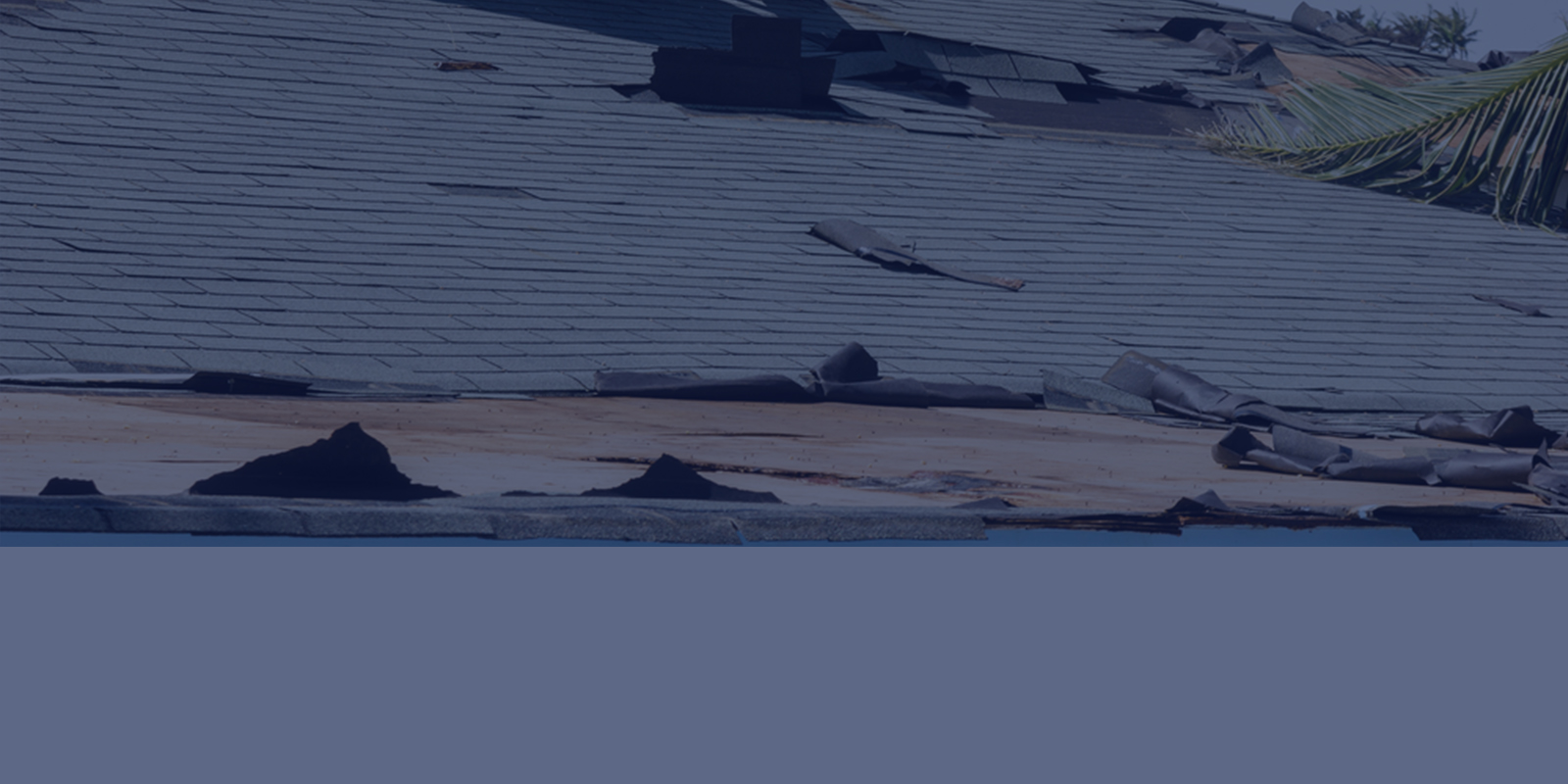Many are familiar with the forceful power of cyclonic winds during hurricanes and tornadoes, due to their potential to cause newsworthy catastrophic damage. Straight-line winds are much more common than cyclonic winds, but they are also less likely to be as destructive. However, severe thunderstorms and large windstorms (such as derechos, which are widespread windstorms of a long duration) can cause sustained winds and wind gusts of a comparable magnitude to those associated with hurricanes and tornadoes.
Damage due to a wind event is a function of the magnitude of the wind forces and the geometry and condition of the building or structure affected. The most severe straight-line winds can exceed the design wind speeds used in both historical and contemporary building codes, and may thus cause significant damage to susceptible building elements, sometimes including structural members or systems.
Figures 1 and 2 show a structure that experienced a derecho which had sustained high speed winds of up to 140 mph for a period of 30-45 minutes. This resulted in localized roof joist failure and displacement of the roof deck and roof covering at the windward side of the building. Figure 3 shows damage to another building from this same wind event.
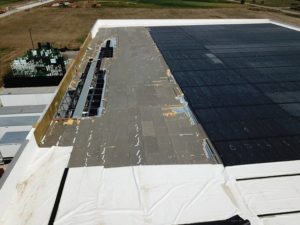
Figure 1. Displaced roof covering and decking due to straight-line winds
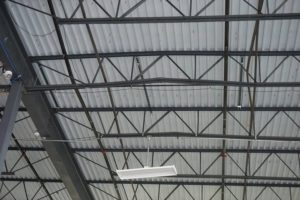
Figure 2. Roof joists deformed due to wind uplift
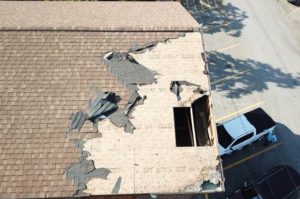
Figure 3. Displaced shingles and roof decking due to high speed straight-line winds
While damage may be expected to occur during winds well in excess of design criteria, straight-line winds of lesser magnitude and duration can also cause significant damage, especially for deficient, deteriorated, or otherwise compromised building components. Figure 4 shows a residential metal roof that was torn off the building due to a straight-line wind gust during a thunderstorm. Nelson’s experts discovered that the roof fasteners were not sufficient to resist the proper code-prescribed wind loads, a deficiency that was hidden until the residence was exposed to the wind gust.
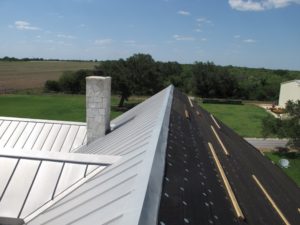
Figure 4. Metal roof removed from one entire slope at a residential structure due to straight-line winds
Nelson’s team of experts often evaluates buildings and building components for distress or damage due to wind forces, including consideration of inherent defects or misuse, either or both of which may have rendered affected components increasingly susceptible.
